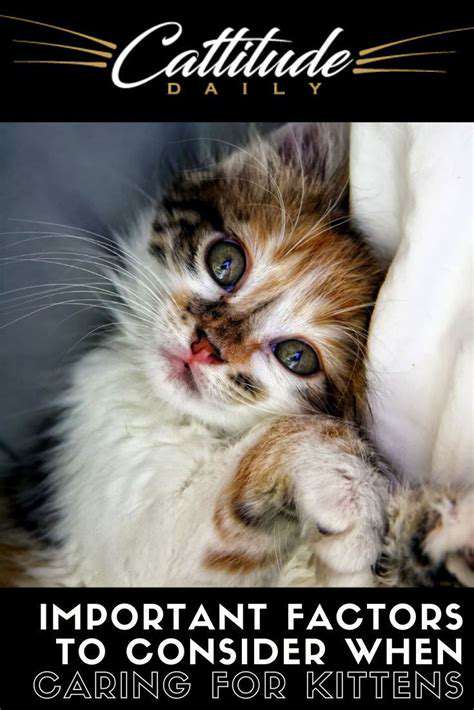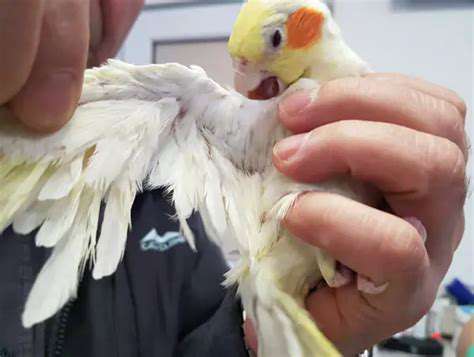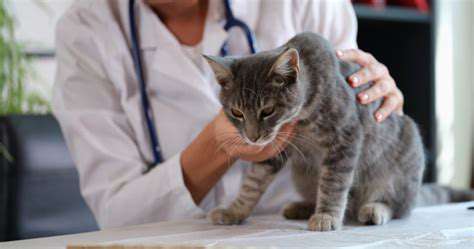How to Care for a Kitten: Essential Tips for New Owners

Finding the Perfect Match
Selecting a kitten is a life-changing choice that requires thoughtful deliberation. Beyond the initial appeal of a fluffy companion, you're committing to a living being whose needs must align with your daily routine. The right kitten will seamlessly integrate into your household dynamics, creating years of mutual joy rather than becoming a source of stress.
Many first-time owners underestimate how a kitten's personality evolves. What begins as adorable playfulness might develop into destructive behavior if energy needs aren't met. Conversely, a shy kitten could blossom into your perfect lap cat given proper encouragement.
Breed Considerations
Feline breeds exhibit remarkable diversity in their characteristics. While Siamese cats tend to be vocal and demanding of attention, British Shorthairs typically display more reserved temperaments. Your living situation should dictate breed selection - apartment dwellers might prefer quieter breeds, while active households could enjoy the antics of an Abyssinian.
Grooming requirements vary dramatically between breeds. Persians need daily brushing to prevent painful matting, whereas shorthaired varieties like the Russian Blue maintain their coats with minimal intervention. Allergies present another crucial factor - some breeds produce fewer allergens than others.
Age and Temperament
Kitten development occurs in distinct phases. Eight-week-old kittens possess boundless energy but require constant supervision, while four-month-olds have better bladder control and slightly longer attention spans. Older kittens (6+ months) often show clearer personality traits, making temperament matching easier.
Health and Veterinary Care
A thorough health assessment goes beyond checking for clear eyes and clean ears. Observe the kitten's breathing rate, check for abdominal distension, and note any signs of discomfort during handling. Reputable sources provide complete medical records, including dates of deworming, flea treatments, and vaccinations. Insist on seeing documentation of the mother's vaccination history as well, since maternal antibodies protect young kittens.
Adoption vs. Breeding
Shelter kittens frequently come with advantages like early socialization and basic veterinary care already completed. Many rescue organizations conduct behavioral assessments to help match kittens with suitable homes. Adoption often represents the most ethical choice, giving abandoned animals a second chance while combating pet overpopulation.
When purchasing from breeders, verify their credentials through cat fancier associations. Ethical breeders prioritize health testing over physical appearance, openly share their breeding practices, and maintain clean facilities. They should ask you as many questions as you ask them.
Lifestyle and Home Environment
Your daily schedule significantly impacts kitten selection. Frequent travelers or those working long hours should consider adopting an adult cat or two kittens that can keep each other company. Honest self-assessment prevents future problems - if you value pristine furniture, a highly active kitten might create frustration.
Prepare your home by kitten-proofing electrical cords, securing toxic plants, and creating vertical spaces for climbing. Designate quiet retreat areas where your kitten can escape from household activity when needed.
Feeding Your Kitten Properly
Choosing the Right Food
Nutritional science reveals that kittens require approximately three times more calories per pound than adult cats. Premium kitten foods contain increased levels of taurine, omega-3 fatty acids, and other nutrients critical for brain and vision development. The guaranteed analysis on packaging should show minimum 30% protein and 20% fat content.
Wet food provides essential hydration and tends to be more palatable, while dry food supports dental health. Many experts recommend a combination approach. Be wary of grain-free diets unless specifically recommended by your veterinarian, as recent studies link some grain-free formulas to heart disease in cats.
Establishing a Feeding Schedule
Newborn kittens nurse every 2-3 hours, while weaned kittens (8-12 weeks) need four meals daily. From 3-6 months, reduce to three meals, then transition to twice-daily feedings around six months. Consistent meal times regulate digestion and help prevent obesity by discouraging constant grazing.
Free-feeding dry food often leads to weight problems. Instead, measure portions based on the food's calorie content and your kitten's ideal weight. Use interactive feeders to slow down fast eaters and provide mental stimulation.
Portion Control
Kitten obesity rates have risen dramatically in recent years, leading to joint problems and diabetes. Weigh your kitten weekly and adjust portions accordingly. Ribs should be easily felt but not visible - if you can't detect ribs beneath fat padding, reduce portions by 10%.
Introducing Water
Kittens often prefer moving water sources. Consider a pet fountain with multiple flow settings to encourage hydration. Place water bowls away from food (cats instinctively avoid drinking near food sources) and in multiple locations. Dehydration causes serious health issues - check for elasticity loss in the skin and tacky gums as warning signs.
Monitoring Eating Habits
Sudden appetite changes warrant veterinary attention. Kittens should show enthusiastic interest in food - reluctance to eat for more than 12 hours requires immediate medical evaluation. Keep a feeding journal noting amounts consumed and any reactions to new foods.
Dietary Transitions
When changing foods, extend the transition period to 7-10 days for sensitive kittens. Begin with 25% new food mixed with 75% current food, gradually adjusting the ratios. Adding a probiotic supplement during transitions helps maintain gut health.
Avoiding Harmful Foods
Beyond known toxins, avoid raw fish (causes thiamine deficiency), milk (most cats are lactose intolerant), and bones (choking hazard). Xylitol sweetener is deadly - check peanut butter and other human foods before sharing. Keep garbage cans secured as spoiled food attracts curious kittens.
Litter Box Training and Hygiene
Establishing a Consistent Litter Box Routine
Successful litter training begins with understanding feline instincts. Cats naturally seek loose, diggable material for elimination. Place kittens in the box after meals and naps - the natural times they'll need to go. Use positive reinforcement with treats when they use the box correctly.
For multiple-cat households, provide one box per cat plus one extra. Place boxes on each floor of your home. Avoid high-traffic areas or locations near noisy appliances that might startle your kitten.
Choosing the Right Litter and Maintaining Hygiene
Most kittens prefer unscented, fine-textured clumping litter about 2-3 inches deep. Avoid liners that can snag claws. Scoop waste twice daily and completely change litter weekly. Wash boxes with mild soap (avoid harsh chemicals) and replace boxes annually as plastic absorbs odors.
If accidents occur, clean with enzymatic cleaners to completely remove odor markers. Never punish for accidents - this creates negative associations. Instead, temporarily confine the kitten with their box to reinforce proper habits.
Read more about How to Care for a Kitten: Essential Tips for New Owners
Hot Recommendations
- Review: [Specific Brand] Small Animal Cage
- Why Rescuing Pets Saves Lives
- Best Pet First Aid Kits [What to Include]
- How to Help Stray Animals in Your Community
- Guide to Adopting a Pet When You Have Kids
- Top Reptile Heat Lamps
- Heartwarming Rescue Stories That Will Inspire You
- Review: [Specific Brand] Bird Cage
- Best Aquarium Filters [2025 Review]
- Review: [Specific Brand] Smart Litter Box









